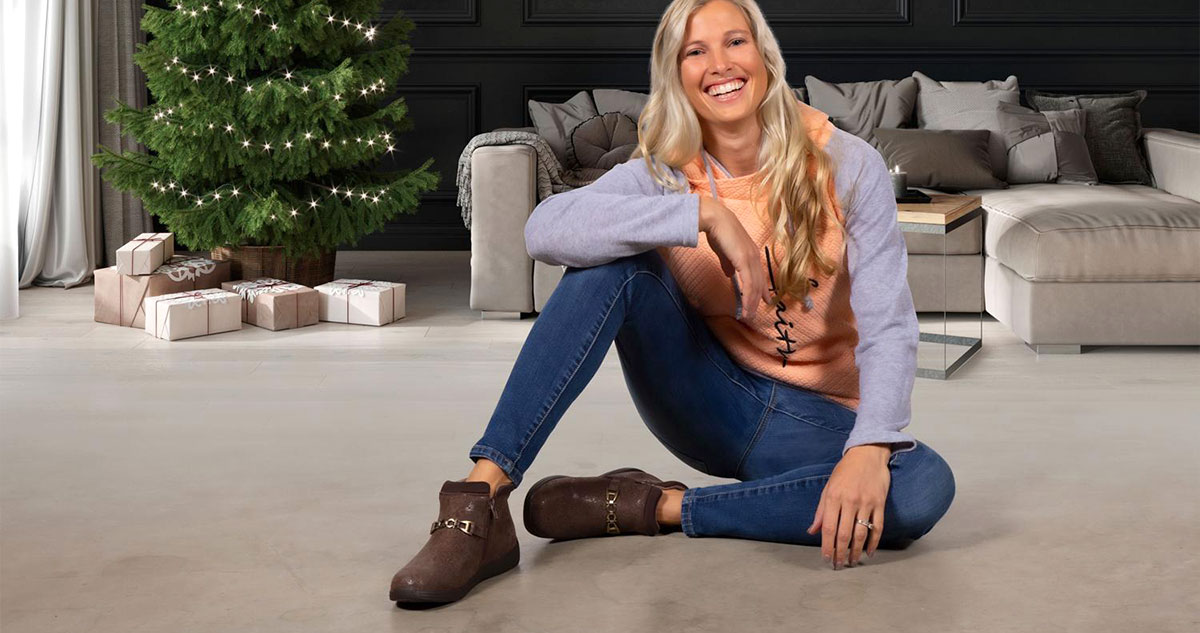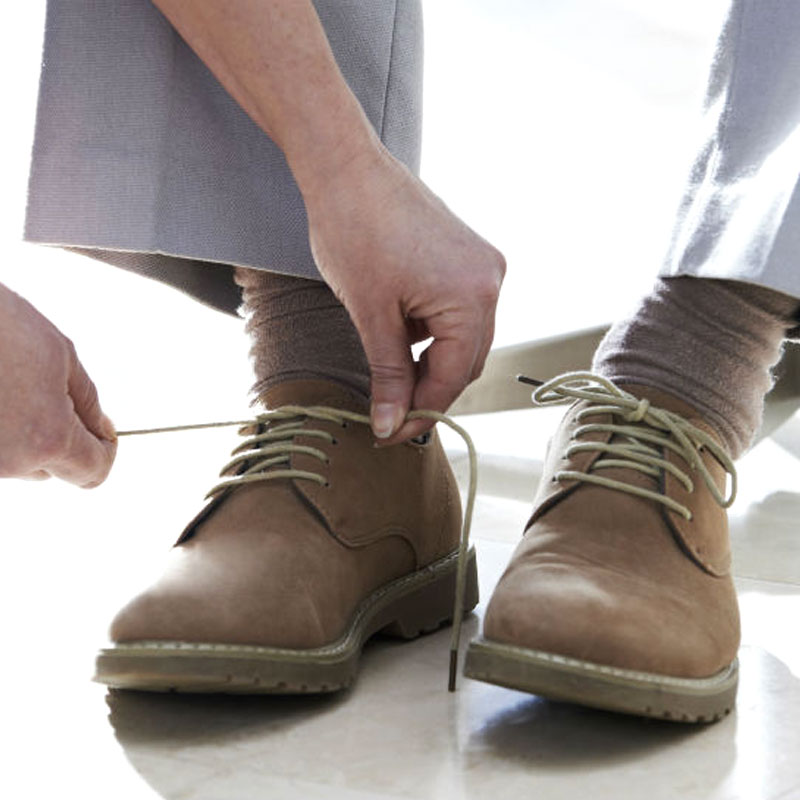What are Orthopedic Shoes?
Orthopedic shoes are shoes that are specifically designed to support or accommodate the mechanics and structure of the foot, ankle and leg and they have a number of medically beneficial features and functions that separate them from everyday footwear. The more abnormal your foot mechanics are the more likely you will require orthopedic shoes. Poor foot mechanics affect people of all ages so orthopedic shoes are. Fortunately, orthopedic shoes have come a long way from the clunky, black styles of years past. Today, there are a number of relatively stylish options available for people of all ages and fashion tastes

Test Your Shoes Before You Buy
The heel counter test
A heel counter is the hard piece of material located at the back of the shoe that controls heel motion. It along with the shoes closure fixes the foot to the sole of the shoe.
Place the shoe in the palm of your hand and press down on the heel with your thumb. A good heel counter will not be able to bend easily.
The mid-foot bend test
A shoe should contain a plastic or steel midfoot shank to offer firm support for your foot.
Hold the shoe in both hands and attempt to bend it from the middle of the shoe. The more the shoe bends, the less supportive it will be. The shoe should only flex at the front where the ball-of-your foot sits because that’s where your toes bend.
The torsional stability test
Torsional stability is the side to side motion of a shoe.
Hold the shoe in your hand and twist if from side to side (with the toe of the shoe in one direction and the heel in the opposite direction).
A shoe with good torsional stability should not be able to twist very easily.
Removable Liners
Many people who require orthopedic shoes also need custom foot orthoses. There should be a removable soft liner in the inside of your shoe. A shoe is better able to accommodate an orthotic if a large insole or the multiple insoles come out. Shoes without removable liners usually cannot accommodate foot orthoses.
Proper Fit Is Everything
Properly fitted orthopedic footwear is essential for keeping you moving and pain-free. If shoes are not fitted properly, they can cause a variety of foot problems; including bunions, corns, calluses, hammertoes, plantar fasciitis and stress fractures.
It is important to remember that we all have differently shaped feet and therefore we all have different orthopedic footwear needs. This means the shoes that work for your friend might not be the best choice for you.
The following is a list of basic shoe selection tips from Elio’s team of Canadian Certified Pedorthist:
- Have your feet measured by an expert. If one foot is bigger than the other, ensure shoes are fitted to your bigger foot.
- If possible, have your feet measured at the end of the day when your feet are expanded.
- Stand up while wearing the shoes and ensure there is 3/8” or 1/2” (about the width of your finger) between your longest toe (usually the second toe) and the end of your shoe.

